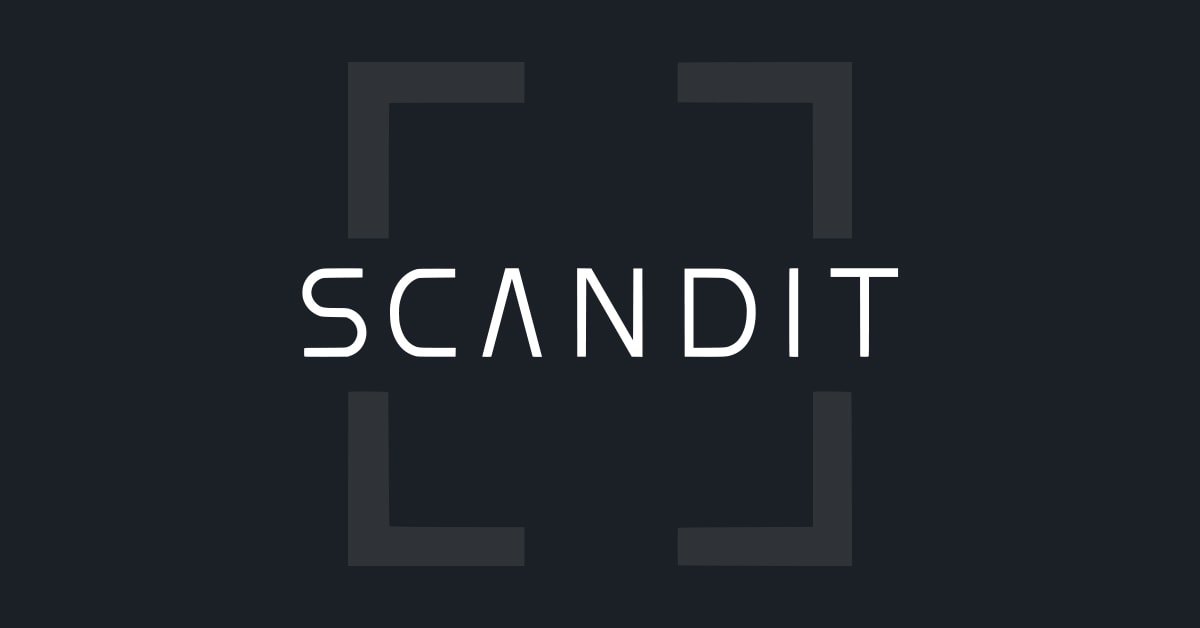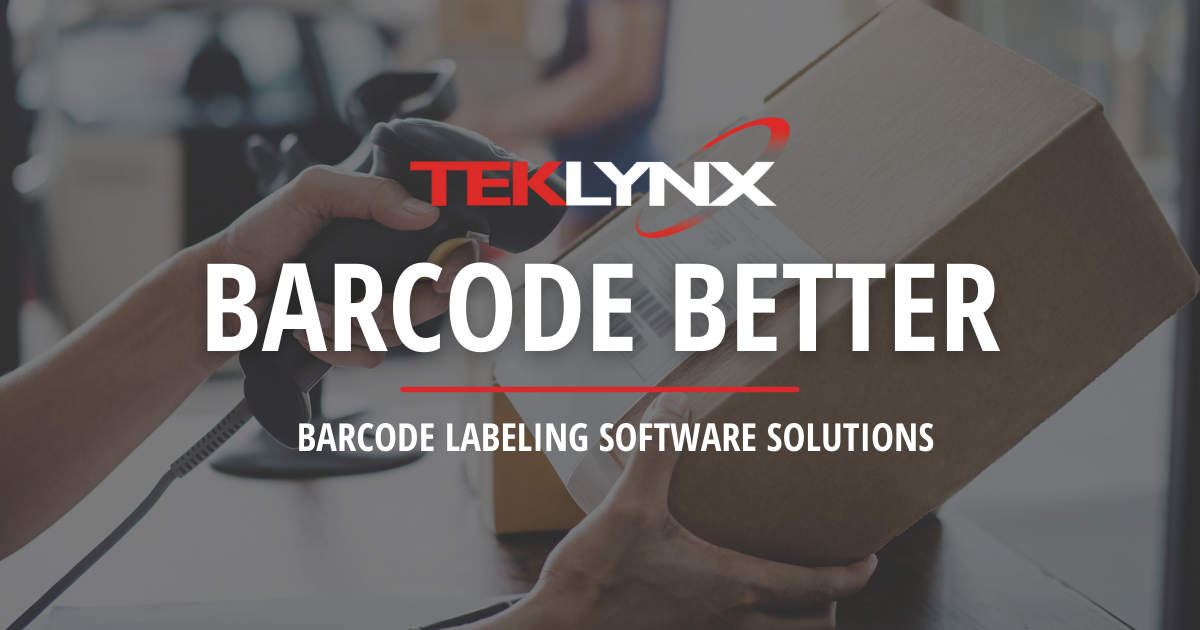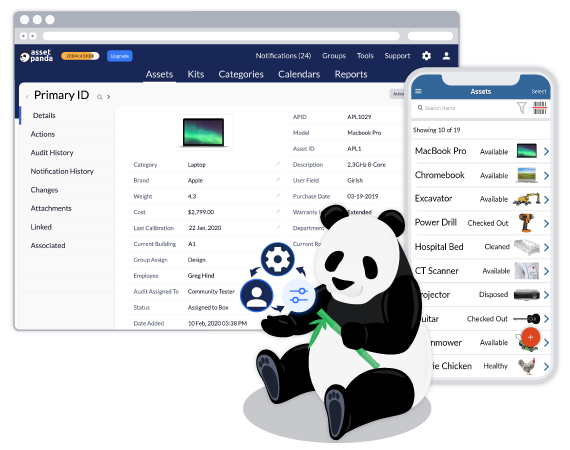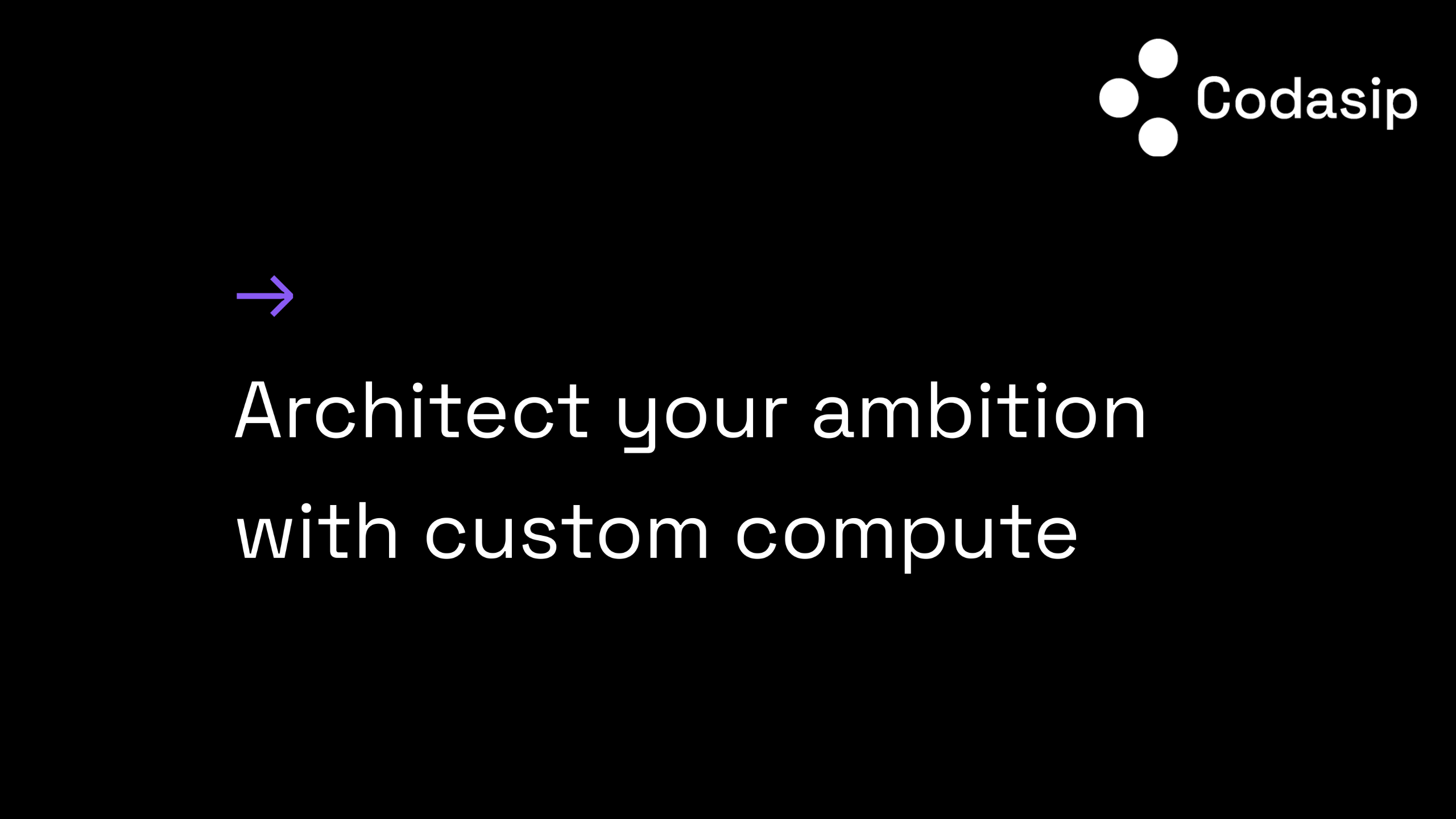Introduction
Barcodes have been revolutionizing how businesses manage inventory and track assets for decades. As supply chains grow more complex, the need for robust barcode software to power automation from receiving to shipping is greater than ever. This guide analyzes the leading barcode software vendors across key criteria to help you find the best solution for your unique needs.
Methods of Evaluation
To determine the top players, we evaluated each vendor based on features, pricing and platform support. Beyond the standard criteria, we also factored in their marketing strength measured by metrics like backlinks, traffic and keyword trends. The goal was to identify the most full-featured yet cost-effective options with a proven track record and commitment to the barcode industry.
1. Honeywell
Honeywell is a global provider of barcode scanning solutions for industries. Their barcode software provides asset visibility through real-time data capture and analytics. With decades of experience in industrial automation, Honeywell offers specialized scanning solutions optimized for various verticals like manufacturing, healthcare, transportation and more.
Pros: Key advantages of Honeywell’s barcode software:
– Well known provider of industrial scanning solutions
– Innovative scan engines optimized for barcode analytics
– Global footprint and specialized vertical expertise
– Robust support and services tailored for different industries
Cons: A potential disadvantage could be the pricing, as Honeywell targets large enterprises with specialized needs.
Pricing: Pricing for Honeywell’s barcode software depends on the scale of deployment, customized features, level of support/services required. They typically offer flexible annual/multi-year subscriptions as well as customized engagement programs for strategic customers.
Some key stats about Honeywell’s barcode software:
– Supports major barcode symbologies including 1D, 2D, and direct part marking codes
– Scanning engines designed for different environments like warehouse, factory floor, medical facilities etc.
– Over 100,000 customers worldwide across industries
– Dedicated R&D teams focused on various vertical sectors
2. Motorola Solutions
Motorola Solutions is a global leader in mission-critical communications and analytics. They have been providing cutting-edge technology solutions for public safety and commercial customers for nearly 90 years. Their portfolio includes mobile computers, barcode scanners, radio communications solutions, and software that helps organizations digitally transform their operations.
Pros: Some key advantages of Motorola Solutions’ products include:
– Innovative portfolio of mobile computers, barcode scanners, radios, and software solutions
– Tight integrations across their workflow software suite for a seamless experience
– Specialized expertise in field mobility and warehouse management use cases
Cons: A potential disadvantage is that Motorola Solutions solutions can be on the more expensive side compared to some competitors due to their focus on mission-critical industries and specialized feature sets.
Pricing: Pricing for Motorola Solutions’ products varies depending on the specific solution. Their mobile computers, barcode scanners, and radios generally range from $500-$3000 per device. Annual software license and support contracts are also required which range from 15-25% of hardware costs per year.
Some key stats about Motorola Solutions include:
– Over 500,000 customers worldwide
– Products used in over 100 countries
– Over $7 billion in annual revenue
– Over 13,000 patents globally
3. Thermo Scientific
Thermo Scientific is a leading provider of barcode software solutions for regulated industries. Their barcode scanning software is focused on providing comprehensive serialization, traceability and monitoring capabilities across pharmaceutical, healthcare and life sciences supply chains. Thermo Scientific’s barcode software helps ensure products are properly identified, authenticated and tracked throughout the supply chain.
Pros: Key advantages of Thermo Scientific’s barcode software include:
– Focused on regulated industries like pharmaceuticals with strict serialization and traceability requirements
– Tight integration with Thermo Scientific’scold chain management solutions for seamless monitoring of temperature-controlled shipments
– Expertise in serialization, aggregation and depalletization to meet track and trace regulations
Cons: A potential disadvantage is the software is more tailored towards large enterprises in regulated industries like pharmaceuticals which can result in a higher price point versus more general purpose barcode scanning solutions.
Pricing: Thermo Scientific offers both perpetual and subscription-based pricing models for their barcode software. Pricing varies based on license types, modules, supported assets and quantities but typically ranges from $15,000 – $150,000 per year.
Some key stats about Thermo Scientific’s barcode software include:
– Over 20 years of experience providing software solutions to regulated industries
– Used by over 10,000 customers globally
– Integration with leading cold chain and warehouse management solutions
4. Scandit
Scandit is a leading provider of smart data capture solutions. Founded in 2009, Scandit has pioneered the use of computer vision and augmented reality to enable mobile computers, smart glasses, robots and more to understand the visual world. Scandit products and services focus on capturing data from barcodes, text, IDs and objects using computer vision and AI.
Pros: Key advantages of Scandit include:
– Powerful SDK for advanced barcode scanning on mobile devices.
– Computer vision capabilities using AI and machine learning.
– Supports iOS, Android and Windows platforms.
Cons: One potential disadvantage is that Scandit’s solutions may require more development resources and expertise to implement advanced computer vision features compared to simpler barcode scanning apps.
Pricing: Scandit offers flexible pricing models including monthly and annual subscriptions. Pricing is based on factors such as the number of scans/month, number of users/devices and custom computer vision capabilities required. Contact Scandit sales for an accurate quote tailored to your requirements.
Some key stats about Scandit include:
– Scandit’s solutions are used by over 250 enterprises globally across various industries such as retail, transport and logistics.
– They have processed over 50 billion scans to date with an accuracy of over 99.99%.
– Scandit’s platform supports iOS, Android and Windows platforms.
5. Loftware
Loftware is a leading global provider of label and barcode software. Founded in 1970, Loftware helps companies of all sizes standardize, manage and scale labeling across their operations and supply chains. From label design to integration to compliance and printing, Loftware provides comprehensive solutions to manage the entire labeling process.
Pros: Some key advantages of Loftware include:
– Supports all major platforms for a flexible solution
– Ensures compliance with industry regulations like labeling standards
– Advanced label and workflow designer for intuitive design and processing
– Tight integration with major ERP systems for automation
– Robust multi-user administration for large enterprise needs
Cons: A potential disadvantage is the upfront cost may be higher than some point solutions depending on specific needs and deployment size.
Pricing: Loftware offers flexible pricing models depending on business needs including annual subscriptions, perpetual licenses, and volume-based pricing. Prices can range from a few thousand dollars per year for smaller businesses to six figures or more for large enterprise deployments with custom development and services.
Some key stats about Loftware include:
– Serves over 25,000 customers worldwide across many industries
– Supports all major desktop and mobile operating systems including Windows, macOS, iOS, Android
– Integrates with over 30 ERP and SCM systems like SAP, Oracle, Infor
– Proven compliance with industry regulations like FDA, UL, ISO
6. NiceLabel
NiceLabel is barcode labeling and tracking software that helps organizations design, print, and manage regulatory compliant labels for shipping, assets, and more. Founded in 1993, NiceLabel has grown to serve over 35,000 customers globally across various industries such as manufacturing, logistics, healthcare and more.
Pros: Some key advantages of NiceLabel include:
– Intuitive label design software for both technical and non-technical users
– Flexible template management to store and reuse labels
– Real-time integration with various business systems for automated label printing
– Roaming label printing allows creating labels on any device
– Role-based access controls and audit logs for security and compliance
Cons: One potential disadvantage is that the premium paid plans can be costly for large enterprises with high volume labeling needs.
Pricing: NiceLabel offers several pricing tiers starting from a Free plan up to an Enterprise plan. The free plan provides basic functionality while premium plans starting from $15/user/month unlock more advanced features like version controls, approvals workflows etc.
Some key stats about NiceLabel include:
– Used by over 35,000 customers worldwide
– Supports all major barcode types out of the box such as Code 39, Code 128, GS1-128 etc.
– Available on desktop, web and mobile for easy label design anywhere
– Supports printing to over 100 different printer types
7. TEKLYNX
TEKLYNX is a global leader in barcode label software solutions. Founded in 2002, TEKLYNX has helped thousands of companies in over 70 countries improve barcode labeling and management. Their flagship product, TEKLYNX CENTRAL, is an enterprise label management system that provides browser-based design, printing, and control of barcode labels, RFID tags, and other documents.
Pros: Some of the key advantages of TEKLYNX CENTRAL include:
– Leader in barcode and labeling solutions with over 20 years of experience
– Complies with global regulatory standards like FDA 21 CFR Part 11
– Comprehensive template management for reuse and consistency
– Web-based administration console for remote access and control
– Supports barcodes, RFID, images and variable data for flexible designs
Cons: One potential disadvantage is that as an enterprise solution, TEKLYNX CENTRAL requires more setup and configuration compared to smaller label design software. The initial implementation may require more time and expertise to fully integrate into existing workflows and systems.
Pricing: Pricing for TEKLYNX CENTRAL is based on the number of concurrent users and starts at around $2,000 for a 5 user license. Larger deployments with 50+ concurrent users will of course be more expensive but pricing can be obtained by contacting a TEKLYNX representative.
Some key stats about TEKLYNX CENTRAL include:
– Used by over 20,000 companies worldwide
– Supports over 100 printers from all major manufacturers
– Complies with international barcode standards like GS1, HIBC, and more
– Capable of managing labeling for the entire enterprise from a single interface
8. Videojet
Videojet is a global provider of industrial printing and coding solutions primarily known for its continuous inkjet, laser marking, and thermal inkjet printers. Founded in 1970, Videojet has over 5000 employees serving customers in over 135 countries. Videojet offers a broad range of industrial printers, coders, inks and fluids, and services to help customers identify, track and brand their products.
Pros: Some key advantages of Videojet solutions include:
– Robust hardware and software built for harsh industrial environments
– Integration with various ERP/PLM systems for traceability needs
– Compliance with global regulations such as FDA 21 CFR Part 11
– Highly scalable solutions that can support small to large production volumes
– Expert global support and consultancy services
Cons: One potential disadvantage is that Videojet solutions may be more expensive compared to some smaller and lesser-known brands due to their robust features and global support infrastructure.
Pricing: Videojet pricing varies depending on the model, features, and configuration needed. Basic CIJ printers start around $10,000 whereas higher-end laser printers can exceed $100,000. Volume commitments and long-term service agreements can often make the overall cost of ownership more affordable compared to cheaper one-time purchases.
Some key stats about Videojet include:
– Over 400,000 printers installed worldwide
– Serves more than 40,000 customers globally
– 95% of top 100 CPG brands are Videojet customers
9. Asset Panda
Asset Panda is an asset management software that helps businesses track physical assets like equipment, inventory, tools and more. Founded in 2011 and based in Virginia, Asset Panda aims to provide an easy-to-use and affordable solution for asset tracking and inventory management.
Pros: Some key advantages of Asset Panda include: Good for asset tracking and management across locations, Customizable barcode layouts and designs that can be printed in-house, Real-time inventory visibility and location tracking via mobile apps, Affordable pricing starting at $15/month for smaller businesses.
Cons: A potential disadvantage is that the mobile scanning apps have limited offline functionality, requiring an internet connection to scan assets.
Pricing: Asset Panda offers three pricing tiers: Free plan limits users to 3 users and 250 assets, Professional plan is $15/month per user for up to 500 assets, Enterprise plan pricing is customizable for larger deployments starting at $39/month.
Some key stats about Asset Panda include: Used by over 5,000 organizations worldwide to track over $5 billion in assets, Mobile scanning apps available for both iOS and Android devices, Integrations with accounting software like QuickBooks and Xero.
10. Opticon
Opticon is a leader in automatic identification and data collection, offering barcode scanners, mobile computers and electronic shelf labels. Founded in 1968 in the Netherlands, Opticon has over 50 years of experience in scanning technology and works with retailers, logistics companies and manufacturers around the world.
Pros: Some key advantages of Opticon’s products include: innovative auto-ID scanning solutions to solve business problems; partnerships with leading warehouse and inventory management software vendors for seamless integration; and a global customer support team for any issues or needs.
Cons: As with any technology based solution, there is a potential learning curve to using Opticon’s products depending on the specific software and hardware. Customers may require training on new scanning devices or need assistance integrating scanners with their existing systems.
Pricing: Opticon offers a range of scanning hardware starting from basic barcode scanners for under $300 up to more robust mobile computers and scanning carts for warehouses priced in the thousands. Their products can often integrate directly with existing warehouse management systems reducing total cost of ownership.
Some key stats about Opticon include: they have over 150 employees worldwide, support customers in over 70 countries, and are estimated to power scanning solutions for hundreds of thousands of users globally each day.
11. Brother Mobile Solutions
Brother Mobile Solutions offers barcode and mobile computing solutions to help businesses improve warehouse productivity and accuracy. Their portfolio includes rugged handheld and desktop scanners, printers, and mobile computers suited for manufacturing floors and demanding warehouse environments.
Pros: Some key advantages of Brother Mobile Solutions’ products include:
– Rugged handheld and desktop scanners suited for harsh industrial conditions like dust, vibrations and drops
– Compatible out of the box with many popular ERP and WMS systems like SAP, Oracle and Mozilla
– Comprehensive global service and support network for repairs and troubleshooting.
Cons: A potential disadvantage is that the scanners and mobile computers tend to be more expensive compared to some consumer-grade options due to their industrial-grade durability.
Pricing: Pricing for Brother Mobile Solutions’ products varies depending on the specific model. Handheld scanners typically range between $500-1500 while desktop scanners are $1000-2500. Monthly service contracts are also available starting at $50/month.
Some key stats about Brother Mobile Solutions include:
– Over 30 years of experience developing mobile computing solutions
– More than 50,000 customers worldwide
– Global service network with technicians in over 100 countries
12. Codasip
Codasip provides barcode software optimized for RISC-V processors. Their solution leverages dedicated processor cores for tasks like machine vision and AI to quickly process barcodes and perform OCR. Working with equipment manufacturers, Codasip’s technology allows embedded systems to recognize codes rapidly.
Pros: Advantages of Codasip’s barcode software include specialized hardware acceleration for vision and recognition tasks, optimized silicon designed for fast barcode processing, and support from equipment suppliers experienced in leveraging their technology.
Cons: As an emerging startup, Codasip has fewer software features and less brand recognition compared to more established barcode vendors. Customers may need to work closely with their engineering teams during implementation.
Pricing: Pricing for Codasip’s barcode solution depends on the specific hardware configuration and software features required. Interested parties can request a custom quote on their website.
Some key stats about Codasip’s barcode solution include scanning speeds up to 500 codes per second and OCR accuracy rates above 99.5% on complex codes like DataMatrix.
13. Labeljoy
Labeljoy is barcode labeling software that allows users to design, print, and generate barcodes for their products. Founded in 2012, Labeljoy has helped over 50,000 businesses streamline their barcode labeling needs. The cloud-based software is compatible with both Mac and Windows and can be accessed from any modern web browser.
Pros: Some key advantages of using Labeljoy include:
– Beginner-friendly interface that’s easy for anyone to use
– Extensive template library and wizards to simplify design process
– Cloud-based so you can access labels from any device
– Integrations that allow labeling directly from commerce platforms
– Affordable pricing starting from $15/month
Cons: Potential disadvantages of Labeljoy include:
– Limited to two active users on Standard ($15/month) pricing plan
Pricing: Labeljoy offers three pricing tiers:
– Standard: $15/month for up to 2 users and 500 labels/month
– Professional: $35/month for up to 5 users and 2,000 labels/month
– Enterprise: Custom pricing for large volume needs
Some key stats about Labeljoy include:
– Processed over 50 million labels since launch
– Used by over 50,000 businesses worldwide
– Integrations with 15+ platforms including Shopify, QuickBooks, and WooCommerce
– Support over 40 barcode types including EAN-13, UPC, Code 39, and more
14. ScaleFlex inc
ScaleFlex inc is a cloud-based content operations platform that offers barcode processing capabilities through its developer tools and APIs. Founded in 2011 and based in San Francisco, ScaleFlex provides cloud storage, collaboration and digital experience tools to help teams work more efficiently.
Pros: Some key advantages of ScaleFlex’s barcode processing include: Cloud-based hosting means no hardware to maintain, robust APIs and SDKs make integration easy, real-time barcode data retrieval and processing, support for barcode generation as well as scanning, expertise in developer tools and SDK documentation.
Cons: As a cloud-based platform, reliance on stable internet connection for barcode processing. Some advanced customized barcode solutions may require consulting services.
Pricing: ScaleFlex offers different pricing plans for its barcode APIs and tools starting from a free plan for developers and small teams. Paid enterprise plans with additional features like priority support and dedicated account management start at $49 per user per month.
Some key stats about ScaleFlex’s barcode processing capabilities include: Ability to process over 5,000 barcodes per minute through its APIs, support for all major 1D and 2D barcode types including QR codes, extensive SDKs for platforms like Android, iOS, React and Node.js.
15. Codeware Barcode
Codeware Barcode is barcode generation and decoding software developed by Codeware, a leader in engineering design software. The software handles large volumes of barcode generation and decoding needs for manufacturers.
Pros: Some key advantages of Codeware Barcode include:
– Handles large volumes of barcode generation and decoding as needed by manufacturers
– Is compliant with industry standards for barcode symbologies used in manufacturing
– Offers an extensive range of supported barcode types and symbologies to meet most application needs
Cons: The main potential disadvantage is that as a paid software solution, it may not be suitable for very low volume barcode needs where free and open source alternatives could suffice.
Pricing: Codeware Barcode pricing starts from $499 for a single user license. Volume licenses are also available tailored to business needs, starting from $999 for up to 5 concurrent users.
Some key stats about Codeware Barcode include:
– Supports over 40 barcode symbologies including common ones like UPC, EAN, Code 39, Code 128
– Can generate and verify over 500 barcodes per minute
– Used by over 5000 companies globally across various industries
Conclusion
Barcodes remain an essential tool for businesses of all sizes looking to bring efficiency and visibility to their operations. By standardizing on a flexible yet compliant barcode software suite, teams can focus on their core work without obstacles around data capture and tracking. We hope this overview provides a starting point to explore the leading options and choose the best fit.













